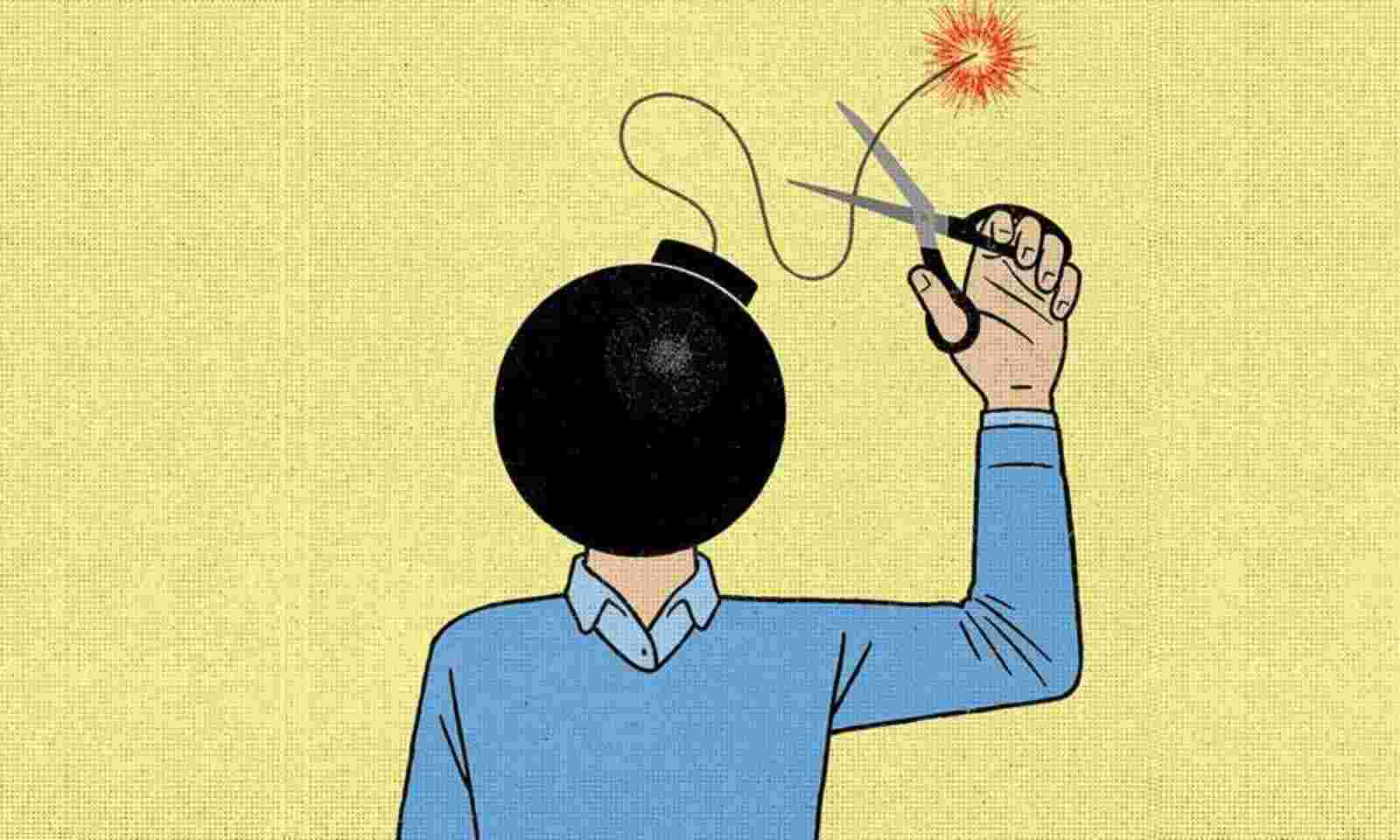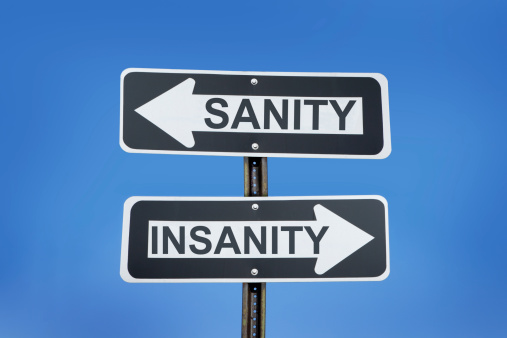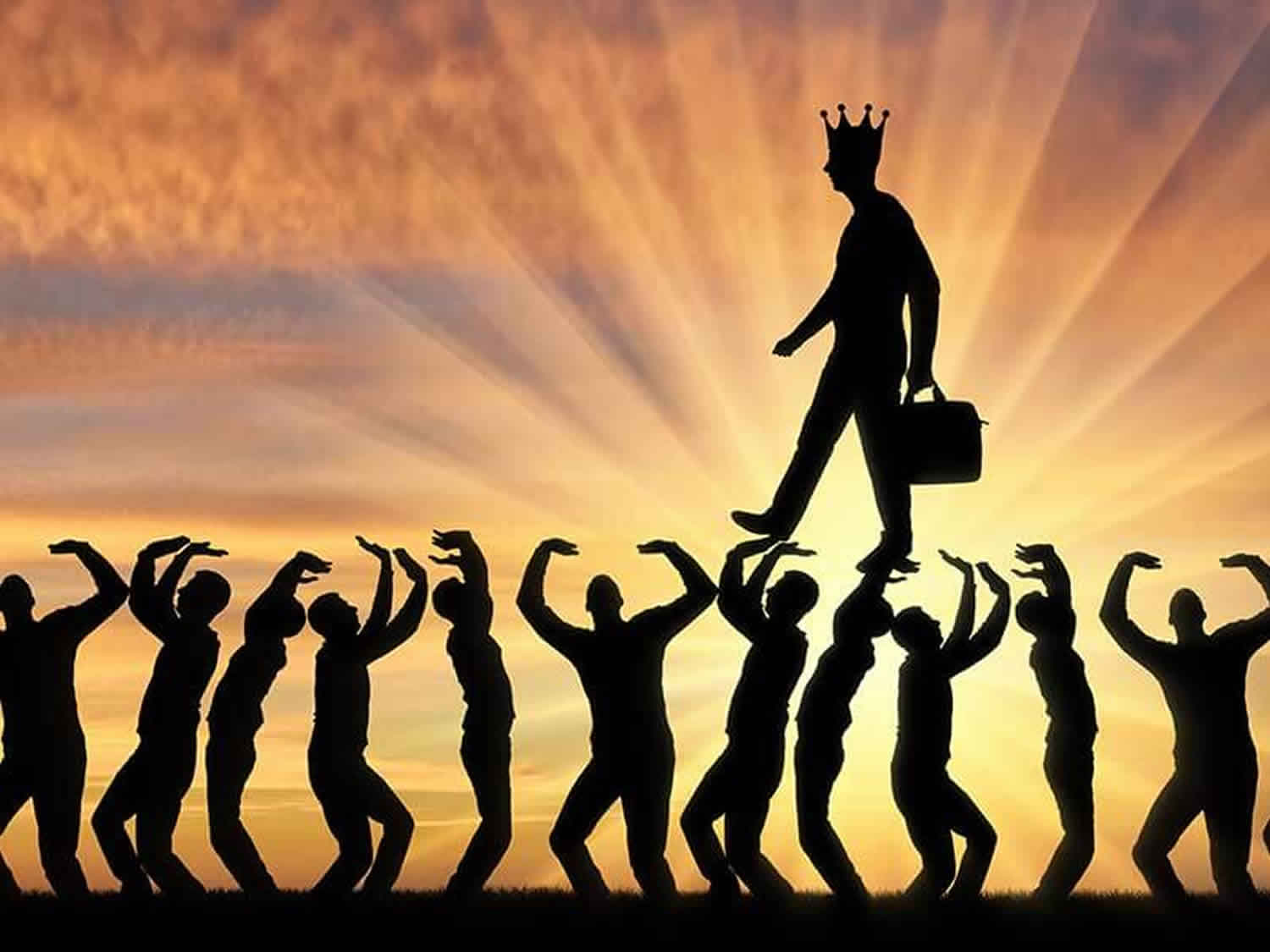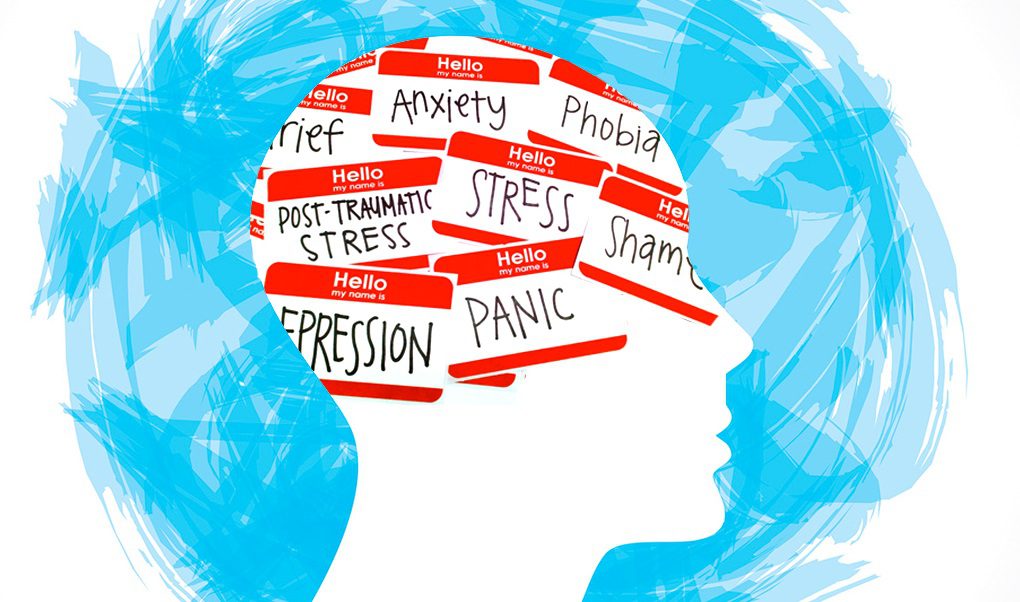Managing Stress
Summary: Few things seem more different than the worlds of work and home. However, it is a myth that we can separate them. Stress in one area often tumbles into the other. Here are some tips for creating a better balance. Dear Dr. Sylvia, Yesterday I did what I now call “A Tom Brady move.” …
Read MoreSummary: What do you do when anger boils over into your relationships? Do you walk away from angry confrontations with ease and grace? Perhaps you are left with hurt feelings, emotional scars, or physical ills. Here are ways to control anger before it becomes a tsunami. Dear Dr. Sylvia, These days fill with tension and…
Read MoreDear Dr. Sylvia, I hear your Sanity Challenge is lots of fun and very informative. I don’t want to wait day after day. Therefore, can you send me a week worth of exercises I can do when I want? I tend to be a rebel who hates being on anyone’s timeline but my own. I…
Read MoreSummary: Too much stress is self-induced and comes from how we react to change. While the change won’t stop, how you respond can make a difference. While I know this is a fundamental concept, here are ways to look at your responses in a different light. Dear Dr. Sylvia, I’ll make this short and sweet.…
Read MoreSummary: We live with fake news, general rancor, sizzle and sparkle, slander, and superficiality. As leaders, you must look at the information you receive more intently. Here are ways to judge if someone is here to help or hinder long-term success. Dear Dr. Sylvia, I watched a recent 60 Minutes segment that was chilling. It…
Read MoreSummary: When tough times happen, it’s easy to pull the covers over your head and stuff down the upset or go to the other extreme and shout it out. A powerful way to drop the doldrums and be courageous is often finding courage from others. Dear Dr. Sylvia, Between the heat, the unrelenting virus, and…
Read MoreSummary: The world has changed, and more freedom of speech exists. However, freedom has a downside. The big question is how to use that freedom productively rather than hurt and hinder relationships. Dear Dr. Sylvia, Am I alone in using strong words to help calm me down when I am upset? I think not. However,…
Read MoreSummary: We have all heard “the truth shall set you free,”; yet, lying is a daily occurrence. Read on to see which pattern, from fibs to fraud, fits your personality and, more importantly, what to do about it. Dear Dr. Sylvia, I don’t know who to believe anymore. When I ask my direct reports about…
Read MoreSummary: I did a survey asking the following question: What are your usual coping mechanisms? Here are new ways to cope with today’s stress. Dear Dr. Sylvia, Is the world moving faster? Perhaps it’s just me? Nah, I understand that we have more technology to give us information at warp speed. Thus, we know more…
Read MoreSummary: Are you looking for stress relief? Is your stress higher at work or at home? Here is how to cope with stress and help those around you benefit. Dear Dr. Sylvia, Even though I don’t know Will Smith, I keep getting a whack on the side of my head! At least, it’s only figuratively. …
Read More









